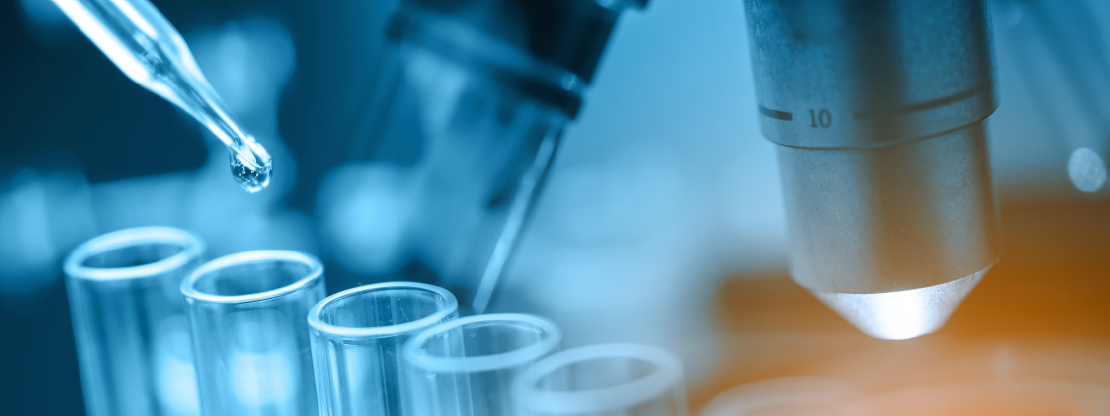Today is Rare Disease Day, a time to raise awareness about the thousands of lesser known diseases that affect millions of people around the world. Here are the basics.
There are different opinions on what makes a disease “rare.”
In the U.S., a disease that affects fewer than 200,000 people is considered rare. However, in Europe, diseases that affect less than 1 in 2000 people falls into the “rare” category.
Individually, these diseases may be rare but together, they affect millions.
More than 7,000 rare diseases have been identified to date; some, like Aicardi syndrome, affect only a handful of people while others, such as neurofibromatosis type 1, affect thousands. In all, an estimated 25 million people in the U.S. have a rare disease, a large proportion of whom are children.
What causes rare diseases?
Many rare diseases are believed to stem from genetic mutations, which occur when the instructions in discrete pieces of DNA get scrambled. Sometimes, these mutations are passed down through generations of families. Other times, they occur randomly in a single individual.
Not all rare diseases are the results of a genetic mix-up. Others can be caused by infections or dysfunctions in the immune system.
Researching rare diseases can help people with these diseases and shed light on the underlying causes of more common disorders.
Because they are rare and affect smaller numbers of people than other, more common diseases, rare diseases often are understudied. For patients, this can mean that there isn’t enough understanding of their condition or the right therapies to treat it effectively.
Studying rare diseases is absolutely necessary to develop new therapies that improve quality of life for people with these disorders. This work frequently has a ripple effect — finding the underlying mutations that cause a rare disease can have broad implications; because the systems that keep our bodies healthy and functioning are so intricately intertwined, a discovery in one disease can directly impact what we know about another.
Rare disease research is underway right here in West Michigan.
Dr. Matt Steensma is a scientist at Van Andel Institute, a surgeon at Spectrum Health and an assistant professor at Michigan State University. He also has a passion for studying rare diseases.
In 2009, Steensma teamed up with Dr. Bart Williams, a bone disease expert and now director of the Institute’s Center for Cancer and Cell Biology, to create the Outliers Program, a unique research endeavor designed to identify the cause of rare diseases and to find ways to treat them. Their efforts are bolstered by the expertise of the Institute’s Bioinformatics and Biostatistics Core and collaborators at Michigan State University College of Human Medicine.
They first tackled oculoectodermal syndrome (OES), an exceedingly uncommon disease first identified in two unrelated patients in Grand Rapids in 1993. When the program started, only 18 people had been diagnosed with the disorder, which causes severe lesions on the scalp and debilitating bone growths on the jaw.
Together, the team identified the cause of the disease — a mutation to KRAS, one of the most heavily studied cancer genes.
Their work continues to this day. Much of Steensma’s research is now focused on Neurofibromatosis Type 1 (NF1), a disease diagnosed in childhood that causes benign tumors to grow throughout the body. In 2018, Steensma and Dr. Carrie Graveel, a senior research scientist in Steensma’s lab, discovered that changes to the gene that causes NF1 also significantly ups breast cancer risk in women with and without neurofibromatosis.
Support for rare disease research is growing but more is needed.
The U.S. Food and Drug Administration is home to the Office of Orphan Products Development, which works with pharmaceutical companies, scientists, physicians, academia and patient groups to support rare disease research and therapeutic development. The approach is working — between 1973 and 1983 (the year the office was founded), less than 10 new treatments for rare diseases were approved for use in patients. Since then, the program has aided in the development of more than 400 medications and products to treat rare diseases.
Hear more from Dr. Matt Steensma here.
